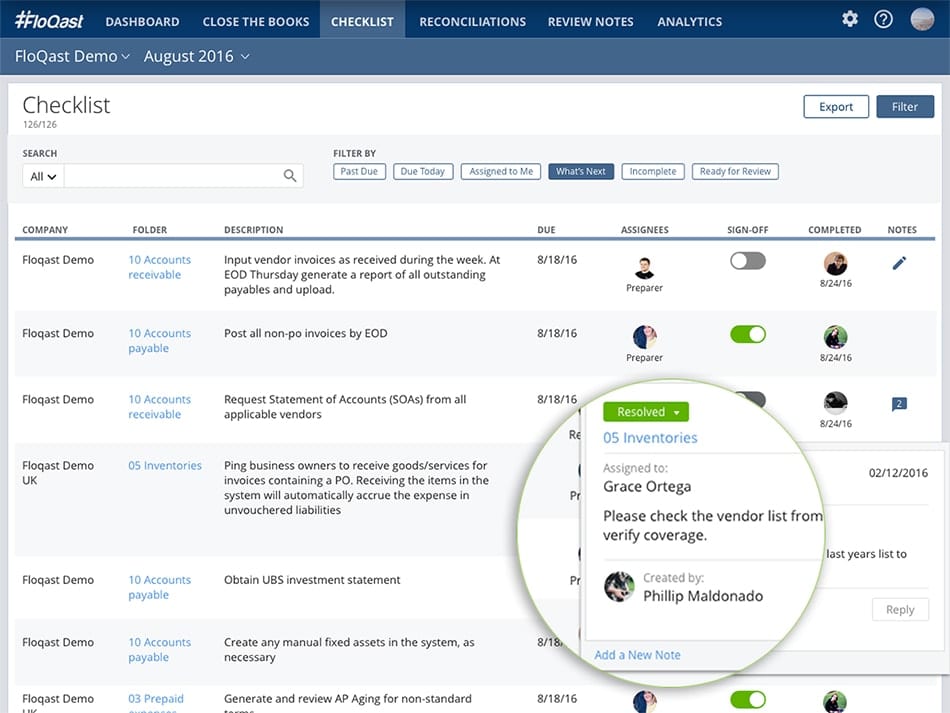
Blog -




Accounting
Team vs Command-and-Control
Team vs. Command-and-Control
These days, there are lots of talk about collaboration. In fact, the idea of working in a cohesive unit has became such an obsession for some that they built platforms around the idea. Tools like Basecamp, Slack and many others break down the walls that have been common in business for a long time.
Historically, most teams have been under a command-and-control environment. There’s a person at the top — a controller, usually, if we’re talking about an accounting department — who gives the orders, calls the shots, keeps people in their lanes and makes sure everyone stays on task.
And that’s if things are going well! In some cases, the role of the person at the center of a C-a-C feels more like someone who micromanages, looks over your shoulder and watches every move. We’re not saying that all C-a-C teams operate this way, but it’s not the kind of environment that naturally builds trust and collaboration.
People want to feel close to their teams. They want to trust them and want to help each other rather than operate in predetermined silos. That’s why when we set out to design FloQast, we focused on collaboration as opposed to a group of people will assigned tasks. We wanted the close process to feel like a group effort, one that has people supporting and working together to achieve a common goal for a team rather than checking off items like a single person’s grocery list.
One of FloQast’s best features for teams is its centralized nature. When it’s a part of your close, the team congregates there to see the entire process on display, providing inherent accountability for everyone. This might make some people feel vulnerable at first, but we assure you that it motivates and empowers people to execute their roles to the best of their ability and strengthens the team as a whole.
It also makes for an excellent clearinghouse of information. By serving as the platform of record, FloQast doubles as a log of questions, disputes or disparate items so the resolution of those items can be tracked and eliminate confusion about instructions or other directives. This reduces the amount of back and forth over email, on the phone, getting coffee, etc. etc. etc. throughout the close, making for a more cohesive process.
FloQast helps your team prioritize the right things. One of the keys to productivity is to do the right things. Even if you’re doing them badly, it’s still better than doing the wrong thing, right? Team members can sort by priority, status or assignee to organize the priorities as they need.
Here’s a visual to give you an idea:

And if that’s not enough, here are more reasons why we focus on the team approach:
- It encourages people to work together toward a common goal.
- Team members feel less stressed and more valued.
- Promotes continuity and established practices.
- Tribal knowledge is shared and captured.
- Recognizes and rewards the human elements of the close process.
One other key advantage (we were saving this one) is the reduced time spent in meetings. In an C-a-C environment, regular “status updates,” whether in person or via email, can take up a lot of a team’s time and energy. When progress is tracked in a transparent environment, everyone knows the status at all times. Not to mention that managers can review work and team members can address questions in real-time, too. In case you missed it, we said that you can HAVE FEWER MEETINGS. If you can’t live without them, hey, at least they’ll be shorter.
Every efficiency will lead to a smoother process and as the confidence on your team grows, it becomes contagious. We believe that the purpose of FloQast is to humanize the close process, to make it more personal and less transactional. After all, it’s a team of people and we think it encourages people to help each other succeed and isn’t success that much more enjoyable when it’s shared?

